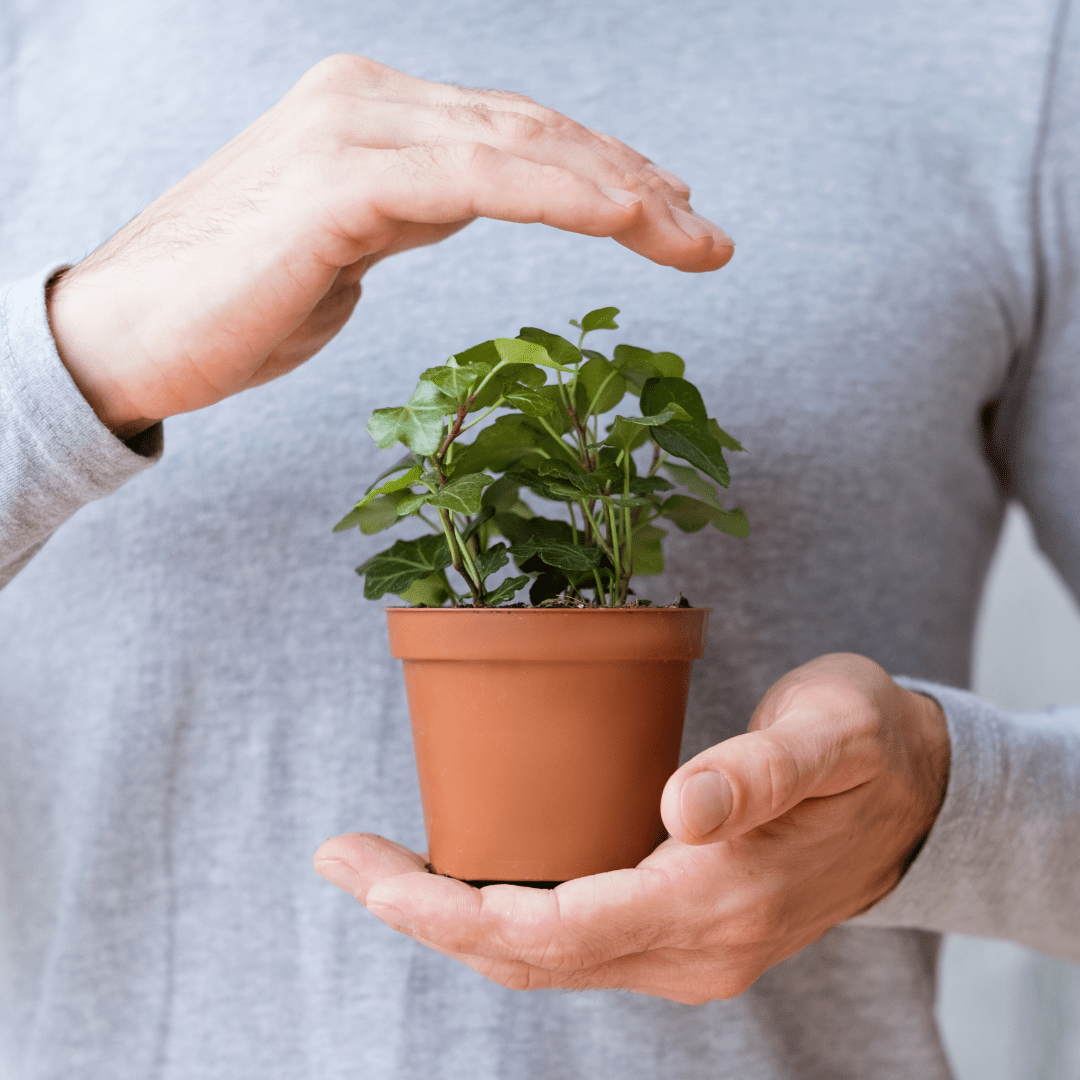Have you ever entered a house and been immediately attracted to the textures and patterns therein? It is the magic of block printing on heavy cotton and duck canvas.
It is the year 2025, Americans are returning to the values of artisanal fabrics, combining the healing nature of the traditional craftsmanship with the modern requirements of home decoration.
Block printing is transforming ordinary cloths into customized pieces of art, whether it be pillow covers, curtains, lampshades, table runners, etc.
Why Thick Cotton and Duck Canvas Can Be Block Printed

Cotton and duck canvas are not the only fabrics that are strong. They are densely woven to have the inks resting beautifully on the surface, giving crisp, bold patterns that are long-lasting. These materials are heavier compared to lighter fabrics and therefore they do not shift or wrinkle even when pressured during printing.
According to New York interior designer Elena Brooks, block-printed surfaces in the home make it look lived in, loved, and layered, which is precisely what modern Americans desire. More than 60% of U.S. homeowners are more likely to buy artisanal, hand-coated decor items that are both durable and attractive, and that is why these fabrics are chosen.
The Ancient Science of Block Printing
Block printing is an ancient art form having a modern touch. It begins by cutting a pattern on a soft block, usually rubber or linoleum. The Ink is stamped on the elevated areas, and the block is stamped on the cotton or canvas. These prints are unique; there are no two prints are the same.
The Los Angeles designer, Mia Hartman, states that canvas and cotton receive block printing with a dream. The ink does not simply rest on the surface, but forms part of the story. It is this craftsmanship that would make block-printed pieces so desirable to American households in 2025.

Home Decor to Art: Multipurpose Applications
Block printing is beautiful, and this is not just limited to fabric. Cotton and duck canvas are ideal to make pillow covers that warm a sofa, curtains that delight in the sunshine, lampshades that bring character to the home, and table runners that take ordinary dining to the next level.
In 2025, the American people are lustful after home decor that is useful and appealing to the eye. This balancing is provided by block-printed pieces, which provide some texture, color, and warmth to living rooms and make them durable.
Practicality Meets Style
The thick cotton and duck canvas are block-printed and are suitable for real-life homes. They are durable and cannot be worn by pets, children, but can still be used on a daily basis and still have colorful designs. This strength and beauty combination fits the current American lifestyle, whereby functionality is as essential as beauty.
Fabritual makes all these advantages right at home. Their handpicked selection of pillow covers, curtains, lampshades, and table runners combines ancient block printing methods with the contemporary and makes each item as strong as it is pretty.
The 2025 Sustainability and Craftsmanship

Fabritual has a philosophy of sustainability. Thick cotton and duck canvas are natural, biodegradable, and long-lasting, which is an environmentally friendly alternative to synthetic materials. Investing in the artisanal block-printed decor allows Americans to contribute to sustainable practices, as well as improve the style of their homes.
Adding to this, interior designer Elena Brooks notes, a handmade block-printed pillow or curtain is no mere flair; it is a tale of craft, custom, and attention.
Guide: Introduction to Block Printing
In 2025, it will be more than a decorative style to print on a heavy cotton and duck canvas with block printing; it will be a lifestyle choice. It gives the Americans an opportunity to have artwork that is both artistic, durable, and sustainable.
Curtains, pillows, lampshades, table runners, and more, Fabritual collection lets you infuse your home with a sense of handmade luxury, and give the living spaces a very comfortable, personal, and distinct appearance.
FAQs
Q1. What is so advantageous about thick cotton and duck canvas?
Their thick weave takes in ink ideally and creates sharp patterns that are durable.
Q2. Is it true that block-printed decor can stand daily use?
These fabrics are strong, yes, and do not lose their beauty despite daily use.



